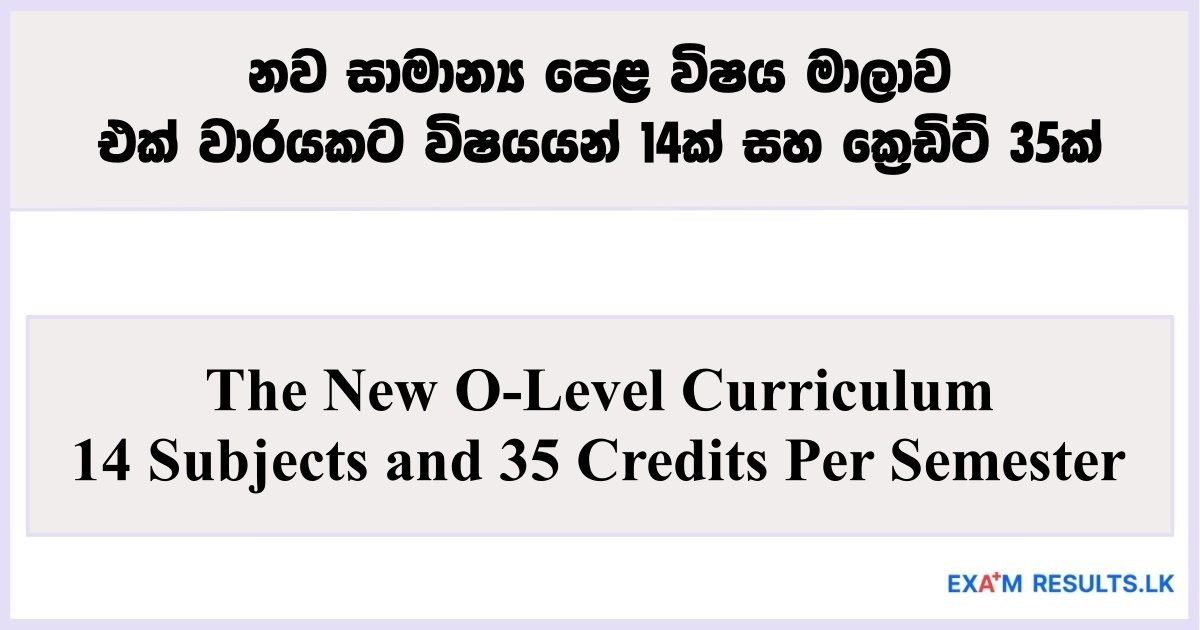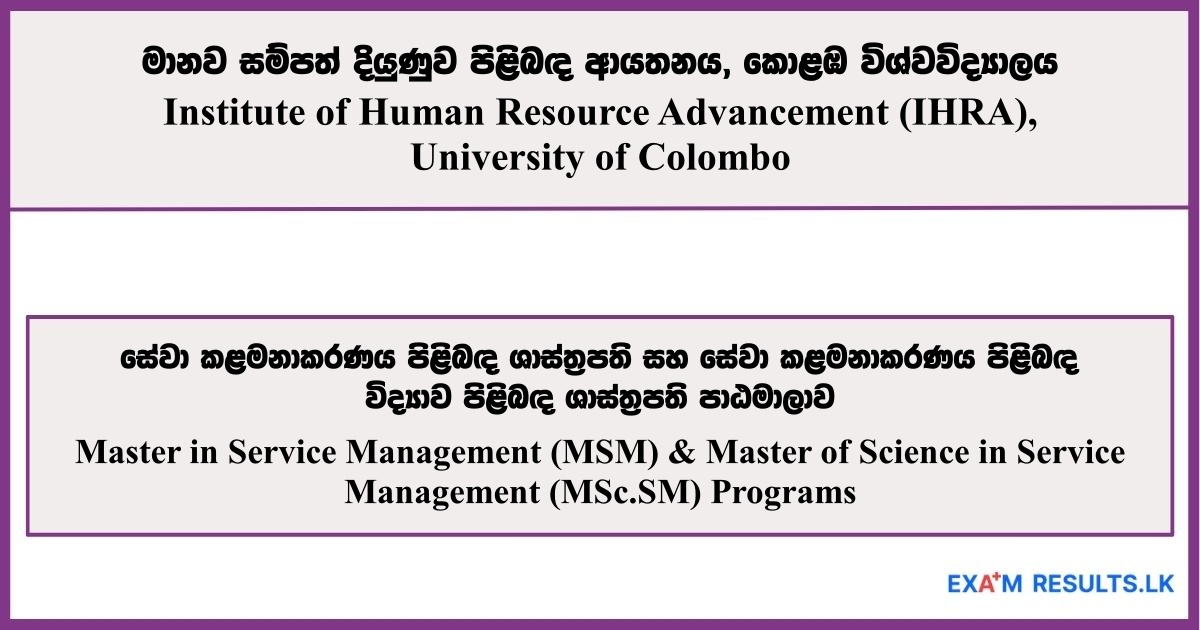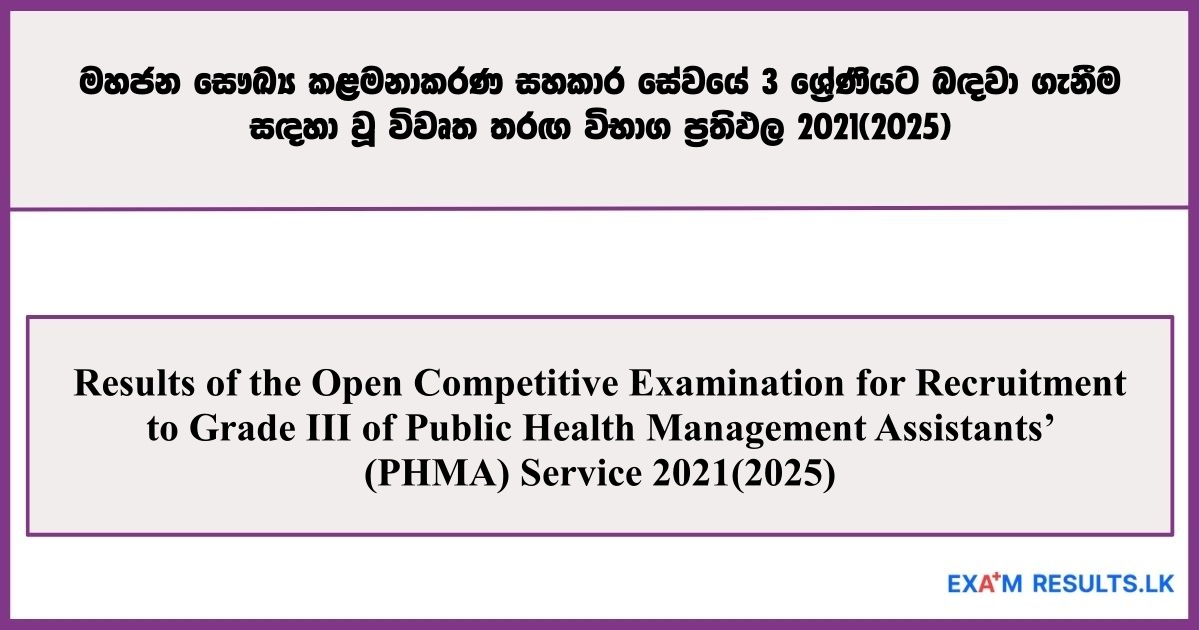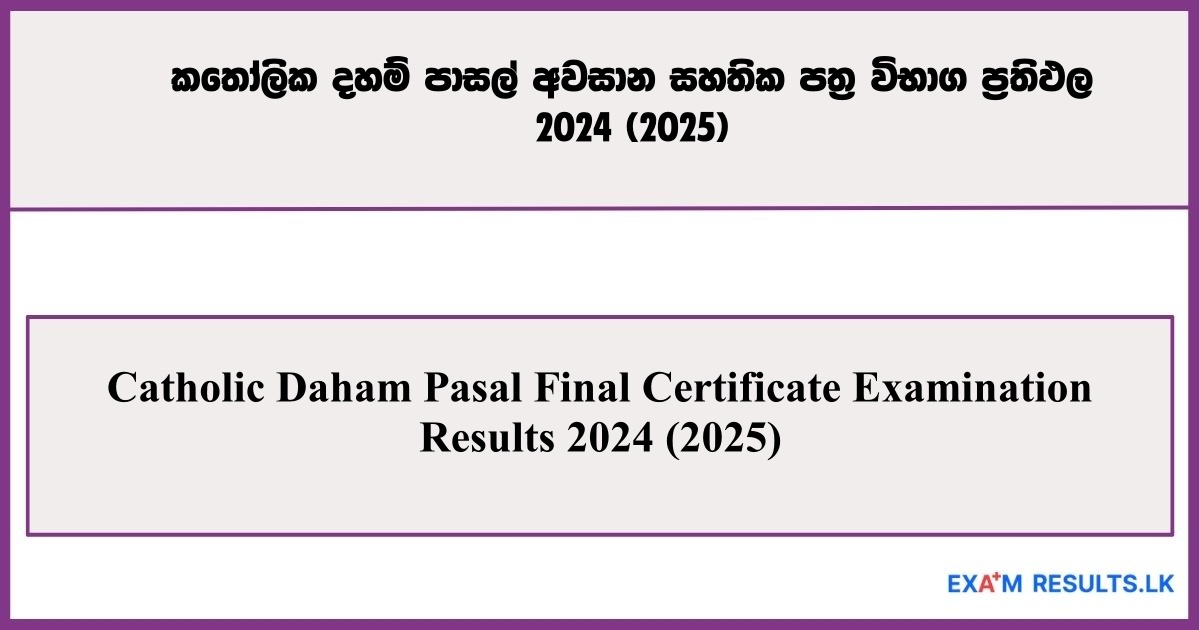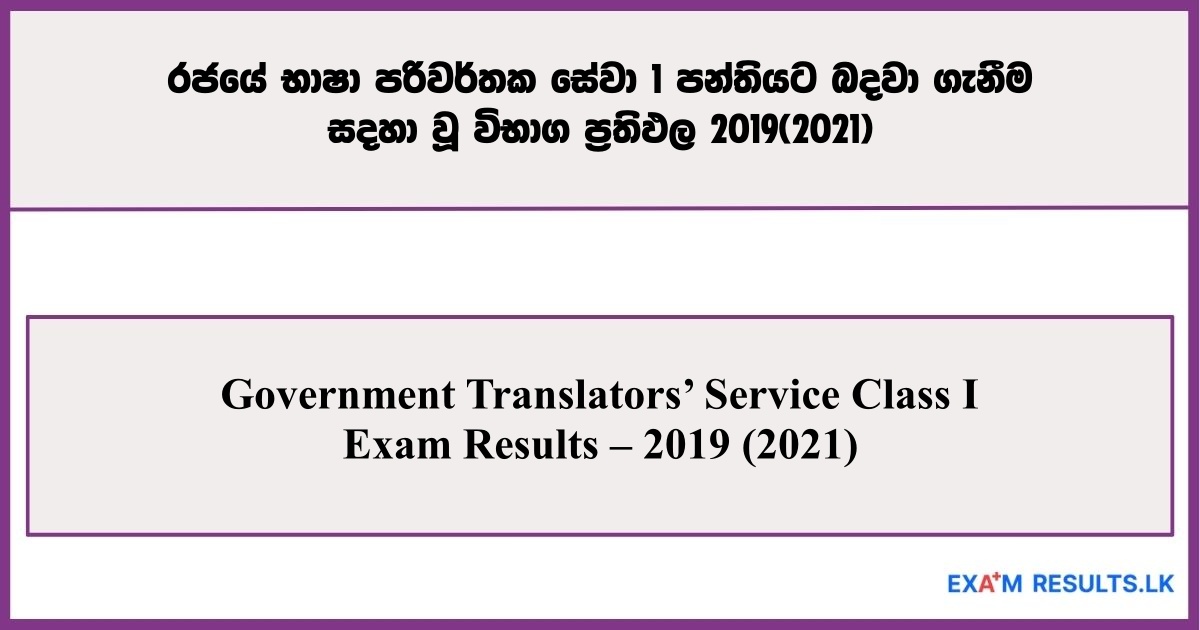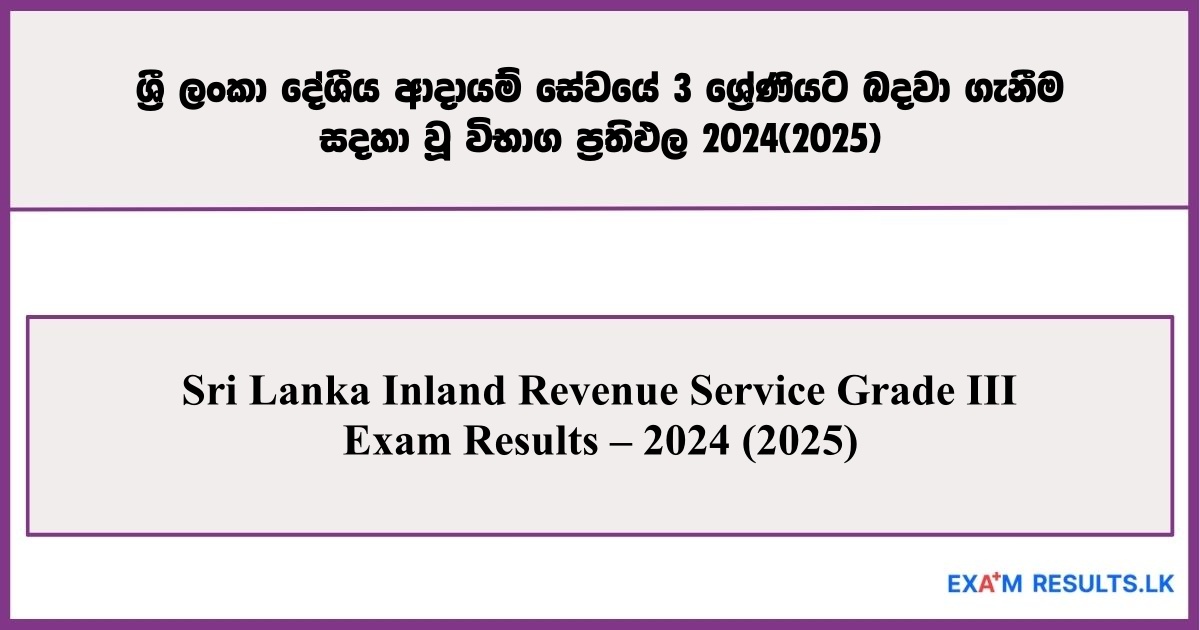Sri Lanka’s O-Level education system is being reshaped under the 2026 education reforms. Students will now engage in a broader curriculum designed to prepare them for diverse A-Level pathways. Here’s a clear breakdown:
Let’s think like this.
Meet Our Students
Three students—A, B, and C—have just completed Grade 10. Each plans to pursue a different A-Level stream:
- Student A wants to study Maths, Science, or Technology.
- Student B is interested in the Arts.
- Student C aims for the Commerce (Management) stream.
But first, they must complete the O-Level curriculum — which now includes 14 subjects, although only 7 appear in the public exam.
The Ordinary Level (O/L) Subject Structure
Total subjects studied: 14
Subjects in the O/L exam: 7
Subjects not in the exam: 7 (part of the extended curriculum)
5 Compulsory Subjects:
- Mother Tongue (Sinhala/Tamil)
- English
- Mathematics
- Science
- Religion & Values Studies
2 Elective Subjects (students choose two):
- Second National Language
- ICT (Information & Communication Technology)
- History
- Civic Education
- Health & Physical Education
- Geography
- Technology
- Aesthetic Education
- Entrepreneurship & Financial Literacy
What About the Remaining 7 Subjects?
These come from a Further Education Curriculum, helping students build toward their intended A-Level paths. These subjects don’t appear in the O-Level exam but are essential for a holistic education.
They are categorized under:
- STEM (Science, Technology, Engineering, Mathematics)
- Humanities and Social Sciences
- Management
Example: Student A (Science/Maths/Tech)
To follow a STEM A-Level path, A must take:
- 4 subjects from the STEM group (e.g., Pure Maths, Chemistry, Biology, ICT, etc.)
- 1 subject from History and 1 from Aesthetics (from Humanities)
- 1 Vocational Training Subject
Total: 14 subjects
Example: Student B (Arts)
B studies:
- 4 subjects from Humanities & Social Sciences
- 2 subjects from STEM (including ICT)
- 1 Vocational Training Subject
Total: 14 subjects
Example: Student C (Commerce/Management)
C’s subject breakdown:
- 4 subjects from the Management stream
- 2 from Humanities (History and Aesthetics)
- 1 Vocational Training Subject
Total: 14 subjects
Vocational Training Subjects Include:
- Construction & Infrastructure
- Creative Industries
- Primary Industries
- Social & Communication Services
- Manufacturing & Technology
Credit System Breakdown
Credits reflect the time and effort a student spends on a subject (class hours + self-study + assessments). Each semester includes 35 credits:
Subjects in the O/L Exam (7 subjects):
- Mother Tongue – 3 credits
- English – 3 credits
- Maths – 3 credits
- Science – 3 credits
- Religion – 2 credits
- 2 Electives – 2 credits each
Total: 18 credits
Subjects NOT in the O/L Exam (7 subjects):
Each subject – 2 credits
Total: 14 credits
Transversal Skills Group (1 subject group):
Includes areas like Media Studies, Global Studies, Digital Citizenship, Health & Sports, and more.
Credits: 3
Grand Total: 18 + 14 + 3 = 35 credits per semester
GPA System (Grade Point Average)
Instead of traditional letter grades (A, B, C, etc.), students will be assessed through a GPA system. While the final framework is still pending, a proposed scale is:
| Percentage | GPA |
|---|---|
| 90–100% | 4.0 |
| 80–89% | 3.7 |
| 70–79% | 3.3 |
| 60–69% | 3.0 |
| 50–59% | 2.7 |
| 40–49% | 2.0 (Pass) |
| Below 40% | 0.0 (Fail) |
Final GPA is calculated as the average of all subjects’ GPA values.
Example:
7 Subjects = Total GPA score 24.4
GPA = 24.4 / 7 = 3.48
Assessments
There are two types of assessments:
- Learning Module-Based Assessments
- National O-Level Examination
Summary
- Students study 14 subjects, but only 7 appear in the O/L examination.
- The remaining 7 subjects are tailored to prepare students for future academic and career paths.
- Credits per semester: 35 (18 exam + 14 non-exam + 3 transversal skills).
- History is not in the exam but is mandatory for STEM and Management students.
- New GPA system replaces traditional grading.
- School day includes 7 periods (50 minutes each) – adding 30 extra minutes to the day.
Note: This is to further revisions.
